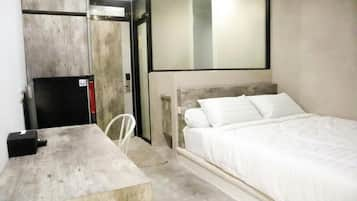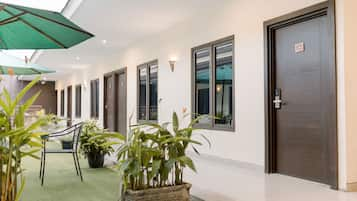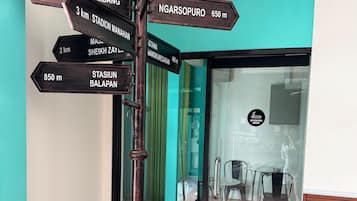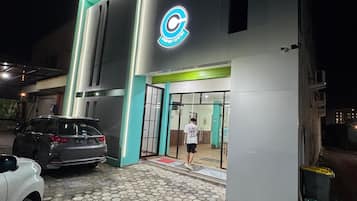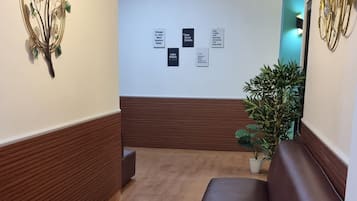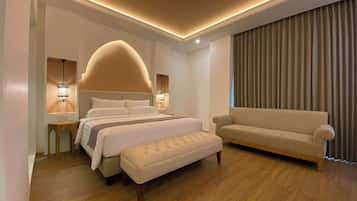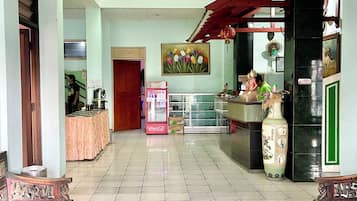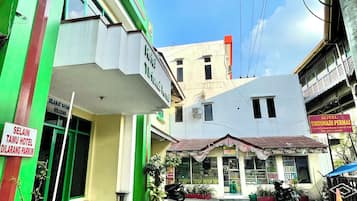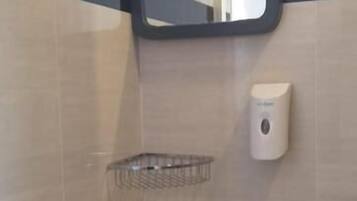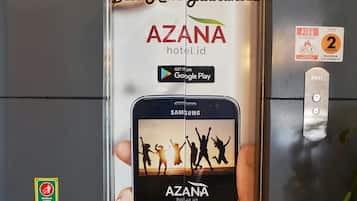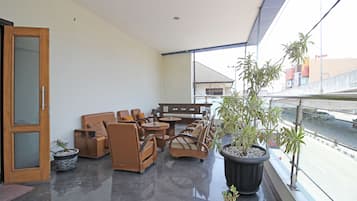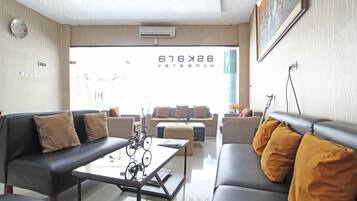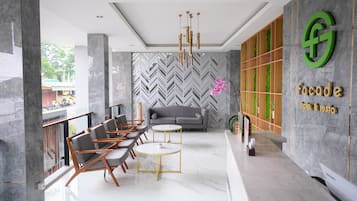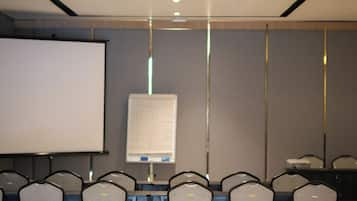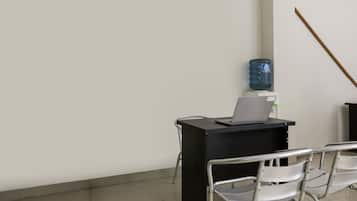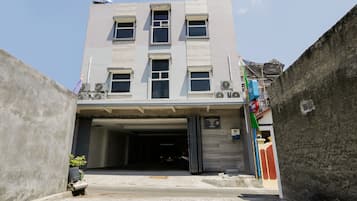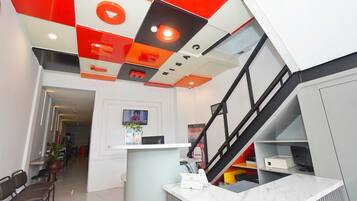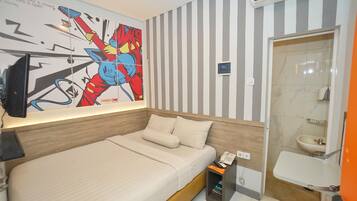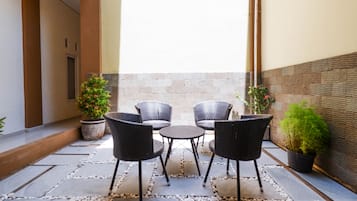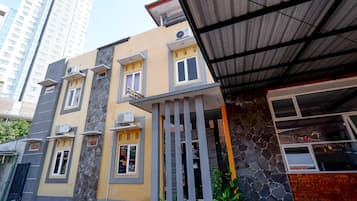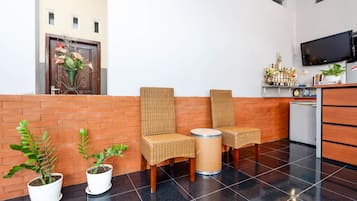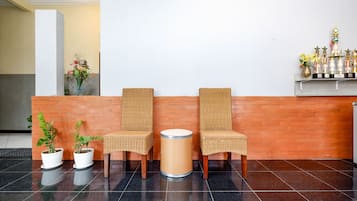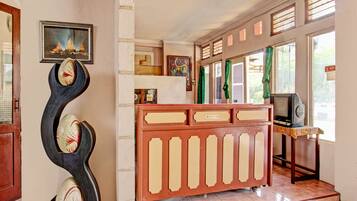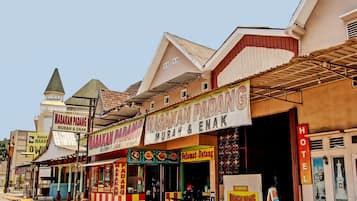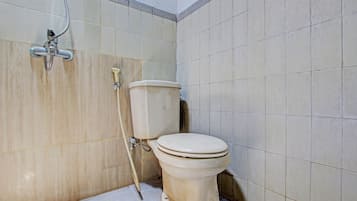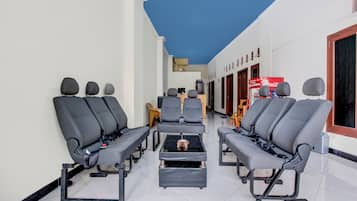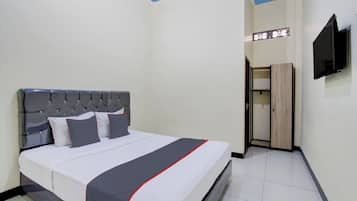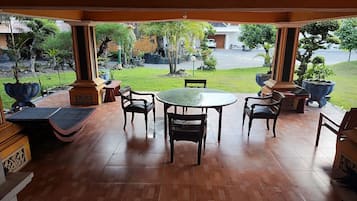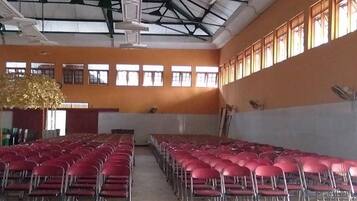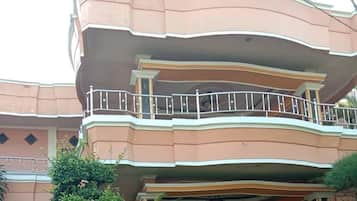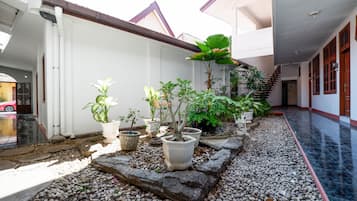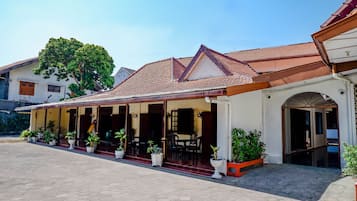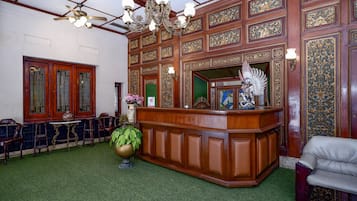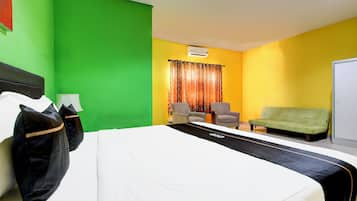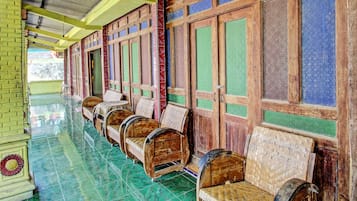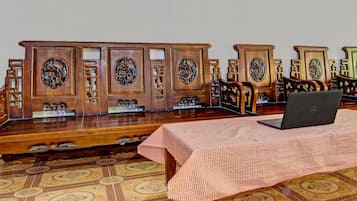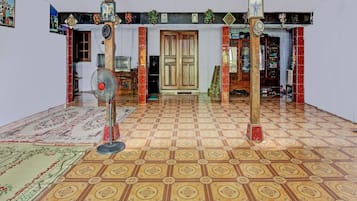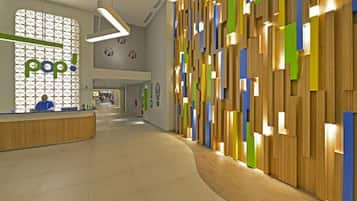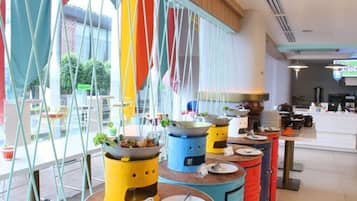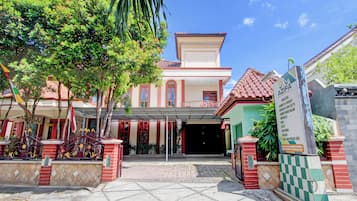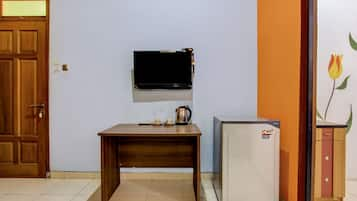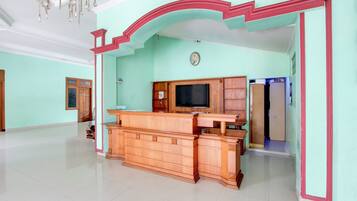Ảnh của Sharrie Shaw
Khách sạn 2 sao tại Surakarta
- Đổi ýĐặt phòng ở các khách sạn cho phép hủy miễn phí
- Chọn kỹTìm trong số gần một triệu nơi lưu trú trên toàn thế giới
Kiểm tra phòng trống của Khách sạn 2 sao ở Surakarta
Khách sạn 2 sao nổi bật tại Surakarta

Dparagon Kerten
Surakarta

Grand Sahman Hotel
Trung tâm Thành phố Solo
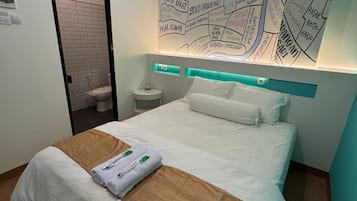
Comfort Centre Residence Solo
Trung tâm Thành phố Solo
Giá hiện tại là 497.810 ₫
Tổng 602.350 ₫
bao gồm thuế & phí
23/11 - 24/11

Anaya Azana Hotel & Villa Tawangmangu
Salam
6.0 trên 10, (2)
Giá hiện tại là 863.069 ₫
Tổng 1.044.314 ₫
bao gồm thuế & phí
25/11 - 26/11
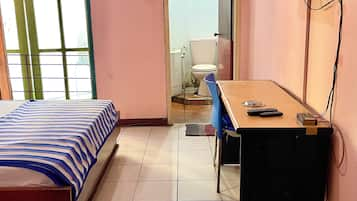
Hotel Tirtonadi Permai
Banjarsari
Giá hiện tại là 271.453 ₫
Tổng 328.458 ₫
bao gồm thuế & phí
30/11 - 01/12

Front One Budget Hotel Slamet Riyadi Solo
Trung tâm Thành phố Solo
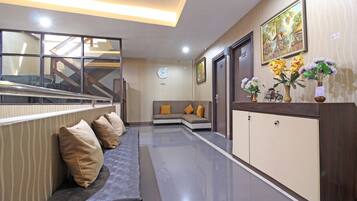
RedDoorz near UNS Solo
Jaten

Facade Hotel by Azana
Tawangmangu
Giá hiện tại là 601.618 ₫
Tổng 2.464.532 ₫
bao gồm thuế & phí
23/11 - 24/11
Đăng nhập để tiết kiệm trung bình 15% tại hàng ngàn khách sạn
Xem các nơi lưu trú 3 sao tương tự
Nhiều nơi lưu trú 3 sao có cùng tiện nghi, dịch vụ với nơi lưu trú 2 sao. Xem tất cả nơi lưu trú 3 sao tại Surakarta.

Moxy Solo
Jl. Slamet Riyadi No.173, Kemlayan, Solo, Jawa Tengah, Surakarta, Central Java
Giá là 944.863 ₫ mỗi đêm từ 21 thg 11 đến 22 thg 11
944.863 ₫
Tổng 1.143.284 ₫
21/11 - 22/11
bao gồm thuế & phí
9,2/10 Wonderful! (7 nhận xét)
Không tìm được thông tin mong muốn?
Xem tất cả nơi lưu trú tại Surakarta.
Bạn có thể sử dụng bộ lọc thông dụng này để điều chỉnh tìm kiếm.
Giá thấp nhất mỗi đêm dựa trên kết quả tìm kiếm trong vòng 24 giờ qua cho 1 đêm lưu trú cho 2 người lớn. Giá và tình trạng chỗ có thể thay đổi. Có thể áp dụng điều khoản bổ sung.
Surakarta và điểm đến liên quan
Đã lâu rồi bạn không tự thưởng cho mình một kỳ nghỉ? Lên kế hoạch đến Surakarta, điểm đến thời thượng và trải nghiệm những điều không thể bỏ qua như giàu bản sắc văn hóa, những tòa lâu đài tuyệt đẹp, các tour mạo hiểm.
![At the museum no photos are allowed which is really unfortunate as it was well worth the visit and the guided tour is definitely not to be missed. In the museum there are even Batik made from the Dutch era which depicts stories like Little Red Riding Hood and Snow White!
I enjoyed the tour v much and at the end of the tour we were brought to this room where the artisan were working on hand drawn batik.
Below is an excerpt from Wikipedia for anyone interested in learning more about the process of batik making.
Firstly, a cloth is washed, soaked and beaten with a large mallet. Patterns are drawn with pencil and later redrawn using hot wax, usually made from a mixture of paraffin or bees wax, sometimes mixed with plant resins, which functions as a dye-resist. The wax can be applied with a variety of tools. A pen-like instrument called a canting (IPA: [tʃantiŋ], sometimes spelled with old Dutch orthography tjanting) is the most common. A canting is made from a small copper reservoir with a spout on a wooden handle. The reservoir holds the resist which flows through the spout, creating dots and lines as it moves. For larger patterns, a stiff brush may be used. Alternatively, a copper block stamp called a cap (IPA: [tʃap]; old spelling tjap) is used to cover large areas more efficiently.
After the cloth is dry, the resist is removed by scraping or boiling the cloth. The areas treated with resist keep their original color; when the resist is removed the contrast between the dyed and undyed areas forms the pattern. This process is repeated as many times as the number of colors desired.
The most traditional type of batik, called batik tulis (written batik), is drawn using only the canting. The cloth need to be drawn on both sides and dipped in a dye bath three to four times. The whole process may take up to a year; it yields considerably finer patterns than stamped batik.
Source: Wikipedia](https://images.trvl-media.com/place/6224808/26fd1460-c65a-4c1a-9444-7a893e883ac9.jpg?impolicy=fcrop&w=300&h=400&p=1&q=high)
Ảnh của Sharrie Shaw
Xem ảnh của Sharrie Shaw
Nhận xét hàng đầu về khách sạn ở Surakarta
Thông tin cần biết về Surakarta
Cẩm nang: Khách sạn 2 sao tại Surakarta
Bạn có thể dễ dàng tìm được khách sạn đáp ứng mọi nhu cầu của mình ở Surakarta trên Expedia.com.vn bằng một trong những cách dưới đây:
- Xem danh sách những khách sạn nổi bật của chúng tôi tại Surakarta
- Sử dụng bản đồ để tìm khách sạn tại Surakarta và ở khu vực lân cận
- Sử dụng bộ lọc để xem khách sạn tại khu vực dự định lưu trú ở Surakarta, chọn chủ đề, thương hiệu, xếp hạng sao từ cơ bản (1 sao) đến sang trọng (5 sao) tại Surakarta
- Nhập ngày đi dự kiến để tìm khách sạn tại Surakarta và nhanh tay chọn ưu đãi khi vẫn còn phòng ở mức giá hấp dẫn.
Khám phá thế giới du lịch cùng Expedia
Các khu vực thuộc Surakarta
Gần danh lam, thắng cảnh
- Khách sạn gần Solo Paragon Lifestyle Mall
- Khách sạn gần Đại học Muhammadiyah Surakarta
- Khách sạn gần Chợ Klewer
- Khách sạn gần Cung điện Mangkunegaran
- Khách sạn gần Cung điện Di sản
- Khách sạn gần Trung tâm Thương mại Solo Square
- Khách sạn gần Chợ Gede
- Khách sạn gần Danar Hadi
- Khách sạn gần Công viên Thành phố Balekambang
- Khách sạn gần Chợ Klewer
- Khách sạn gần Công viên Quốc gia Gunung Merapi
- Khách sạn gần Sông Bengawan Solo
- Khách sạn gần Đền Sukuh
- Khách sạn gần Di chỉ Khảo cổ Sangiran
- Khách sạn gần Trung tâm Thương mại Hartono
![At the museum no photos are allowed which is really unfortunate as it was well worth the visit and the guided tour is definitely not to be missed. In the museum there are even Batik made from the Dutch era which depicts stories like Little Red Riding Hood and Snow White!
I enjoyed the tour v much and at the end of the tour we were brought to this room where the artisan were working on hand drawn batik.
Below is an excerpt from Wikipedia for anyone interested in learning more about the process of batik making.
Firstly, a cloth is washed, soaked and beaten with a large mallet. Patterns are drawn with pencil and later redrawn using hot wax, usually made from a mixture of paraffin or bees wax, sometimes mixed with plant resins, which functions as a dye-resist. The wax can be applied with a variety of tools. A pen-like instrument called a canting (IPA: [tʃantiŋ], sometimes spelled with old Dutch orthography tjanting) is the most common. A canting is made from a small copper reservoir with a spout on a wooden handle. The reservoir holds the resist which flows through the spout, creating dots and lines as it moves. For larger patterns, a stiff brush may be used. Alternatively, a copper block stamp called a cap (IPA: [tʃap]; old spelling tjap) is used to cover large areas more efficiently.
After the cloth is dry, the resist is removed by scraping or boiling the cloth. The areas treated with resist keep their original color; when the resist is removed the contrast between the dyed and undyed areas forms the pattern. This process is repeated as many times as the number of colors desired.
The most traditional type of batik, called batik tulis (written batik), is drawn using only the canting. The cloth need to be drawn on both sides and dipped in a dye bath three to four times. The whole process may take up to a year; it yields considerably finer patterns than stamped batik.
Source: Wikipedia](https://images.trvl-media.com/place/6224808/26fd1460-c65a-4c1a-9444-7a893e883ac9.jpg?impolicy=fcrop&w=1200&h=500&q=medium)

